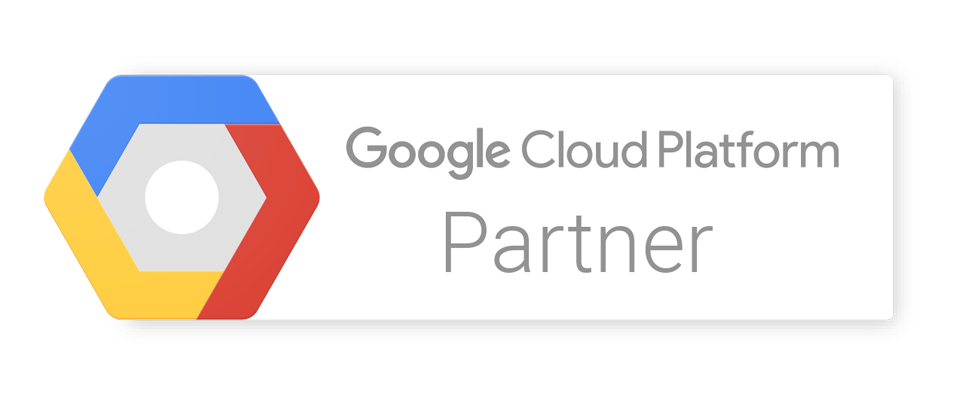Introduction
Cloud computing offers many advantages and conveniences for today’s organizations. Employees can work together in documents in real time from their phone or tablet from any location, and communicate instantly with teammates via video, voice, instant message, or email. No longer tied to a single machine, they have the freedom to work together from anywhere, using any device they choose. Meanwhile, their employers don’t shoulder the cost or burden of maintaining servers and constantly updating software. It’s no surprise, then, that so many organizations around the world are storing their information and getting work done in the cloud.
The growth of the cloud has thrust the issue of security and trust into the spotlight. That’s because cloud services operate very differently from traditional on-premises technology. Rather than residing on local servers, content is now managed on Google servers that are part of our global data center network. In the past, organizations felt that they had complete control over how infrastructure was run and who operated it. Organizations moving to the cloud will rely on cloud suppliers to manage the infrastructure, operations, and delivery of services. In this new world, companies will still control company data, but via cloud-based tools and dashboards.
Rather than only using desktop computers, users can now access work files on their personal mobile devices. Customers must assess whether the security controls and compliance of any cloud solution meet their individual requirements. Customers must therefore understand how these solutions protect and process their data. The goal of this whitepaper is to provide an introduction to Google’s technology in the context of security and compliance.
As a cloud pioneer, Google fully understands the security implications of the cloud model. Our cloud services are designed to deliver better security than many traditional on-premises solutions. We make security a priority to protect our own operations, but because Google runs on the same infrastructure that we make available to our customers, your organization can directly benefit from these protections. That’s why we focus on security, and protection of data is among our primary design criteria. Security drives our organizational structure, training priorities and hiring processes. It shapes our data centers and the technology they house. It’s central to our everyday operations and disaster planning, including how we address threats. It’s prioritized in the way we handle customer data. And it’s the cornerstone of our account controls, our compliance audits and the certifications we offer our customers.
This paper outlines Google’s approach to security and compliance for G Suite, our cloud-based productivity suite. Used by more than five million organizations worldwide, from large banks and retailers with hundreds of thousands of people to fast-growing startups, G Suite and Education includes Gmail, Calendar, Groups, Drive, Docs, Sheets, Slides, Hangouts, Sites, Talk, Contacts and Vault. G Suite is designed to help teams work together in new, more efficient ways, no matter where members are located or what device they happen to be using.
This whitepaper will be divided into two main sections: security and compliance. The security section will include details on organizational and technical controls regarding how Google protects your data. The second section on compliance will cover how your data is processed and details on how organizations can meet regulatory requirements.







